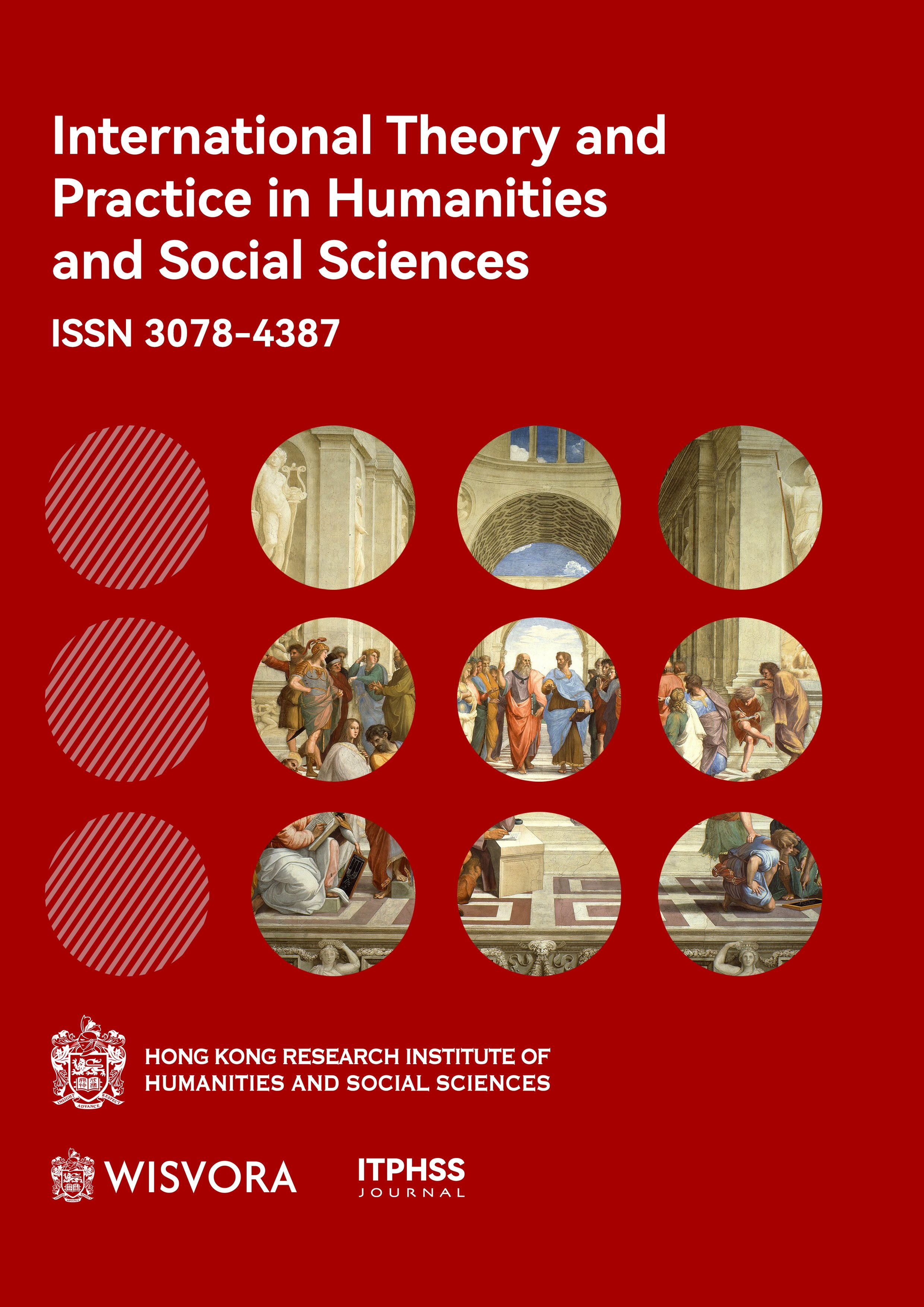Abstract
The Battle of Manzikert was a significant turning point in the history of the Byzantine Empire, leaving a profound impact on the empire's political, military, and social structures. This paper analyzes the internal and external challenges faced by the Byzantine Empire before and after the battle, including internal power struggles, the gradual collapse of military organization, and the expansion of the Turks in Anatolia, which posed a serious threat to the security of the empire's borders. The defeat at the Battle of Manzikert not only drastically weakened Byzantine control over Anatolian territories but also accelerated the expansion of Turkish influence and internal turmoil, leading to the collapse of the Byzantine defense forces in the region. The Seljuk Turks' invasion triggered an ongoing security crisis. However, the Battle of Manzikert did not directly lead to the destruction of the Byzantine Empire. This paper examines the efforts of the Komnenos dynasty's revival, particularly Alexios I's initiatives to recover lost territories and rebuild imperial strength through military reforms and diplomatic strategies. Despite the partial alleviation of the crisis and temporary stabilization under the Komnenos dynasty, these measures were ultimately insufficient in the long term to prevent further decline, especially in the recovery of Anatolian territories.The paper also explores the process of Turkification in Anatolia after the Battle of Manzikert, where Turkish settlement and cultural infiltration in the region accelerated the loss of Byzantine control. This process not only reshaped the geopolitical landscape of Byzantium but also laid the foundation for the eventual rise of the Ottoman Empire. Finally, the article investigates the long-term impact of Turkish expansion on the former Byzantine-controlled Balkan regions. The spread of Turkish migration had a profound influence on the area of Romania (the Byzantine-controlled Balkans), where Turkish culture and the spread of Islam hastened the fragmentation and heterogenization of the European Balkans. Overall, the Battle of Manzikert was not only a critical juncture in the decline of the Byzantine Empire but also marked the beginning of Turkish dominance in the Near East, with enduring political and social effects on the Balkans.
References
Roman Shliakhtin. (2024). Georgios Theotokis. The campaign and battle of Manzikert, 1071. Byzantinische Zeitschrift (3). doi:10.1515/BZ-2024-1170314.
Xiao Congrong. (2022). An exploration of the concept of "Rome" in the post-medieval Romanian region. Youth Years (12), 42-44. doi:CNKI:SUN.0.2022-12-015.
Li Yixuan. (2022). Re-discussion on the historical impact of the Battle of Manzikert. History Teaching (06), 19-26. doi:CNKI:SUN.0.2022-06-003.
Sun Lifang. (2020). Was Alexios I a "scorpion"? – The First Crusade from a Byzantine perspective. DUSHU (10), 136-142. doi:CNKI:SUN.0.2020-10-029.
Hüseyin Erkan Bedirhanoğlu. (2017). Pre-Ottoman political situation in Anatolia after the 1071 Manzikert War. Journal of International Scientific Researches (7). doi:10.23834/isrjournal.362609.
Li Xinhang. (2016). Preliminary discussion on the relationship between the Crusades and Byzantium (Master's thesis, Tianjin Normal University). https://kns.cnki.net/KCMS/detail/detail.aspx?dbname=CMFD201602&filename=1016108184.nh
Li Xin. (2015). A study of the foreign policy of Manuel I (Master's thesis, Zhengzhou University).https://kns.cnki.net/KCMS/detail/detail.aspx?dbname=CMFD201601&filename=1015302604.nh
McMahon Lucas. (2014). The Road to Manzikert: Byzantine and Islamic Warfare, 527–1071 (by Brian Todd Carey, Joshua B. Allfree, and John Cairns). The Mediaeval Journal (2). doi:10.1484/j.tmj.5.103244.
(2013). Balkan peninsula, (area of Üsküp, modern Skopje, Macedonia)?, vilayet Rumeli, c.2013. The Numismatic Chronicle (1966-).
Cinar Burak. (2013). "Book-review" Road to Manzikert – Byzantine and Islamic Warfare 527-1071. Medieval Warfare (2).
Luo Chunmei. (2012). An analysis of the impact of the first three Crusades on Byzantium. Gansu Social Sciences (04), 94-97. doi:10.15891/j.cnki.cn62-1093/c.2012.04.017.
Zhang Like. (2011). A preliminary analysis of the background and impact of the Battle of Manzikert. Journal of Huzhou Vocational and Technological College (02), 57-60+64. doi:10.13690/j.cnki.hzyxb.2011.02.008.
OKUR Mehmet. (2005). A request from the Rumeli Muslim Immigrants Society regarding the practices faced by Turks in Bulgaria. Journal of Turkish Research Institute (28). doi:10.14222/TURKIYAT725.
Ma Shouxin, Wang Yuqin. (2004). The origins of the Balkan issue. History Learning (Z1), 11-12. doi:CNKI:SUN.0.2004-Z1-005.
Svetlana Ivanova. (2003). The Empire's "own" foreigners: Armenians and Acem tüccar in Rumeli in the seventeenth and eighteenth centuries. Oriente Moderno (3).
Han Mingxiang. (2002). Historical exploration of the Balkan issue. Journal of Heilongjiang Nongken Normal College (02), 12-14. doi:CNKI:SUN.0.2002-02-004.
Ma Xipu. (1999). The origins and development of Balkan Muslims. Journal of World Peoples Studies (03), 28-38. doi:CNKI:SUN.0.1999-03-005.

This work is licensed under a Creative Commons Attribution-NonCommercial 4.0 International License.

